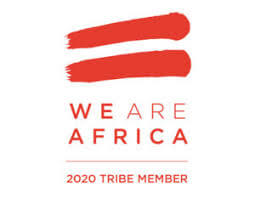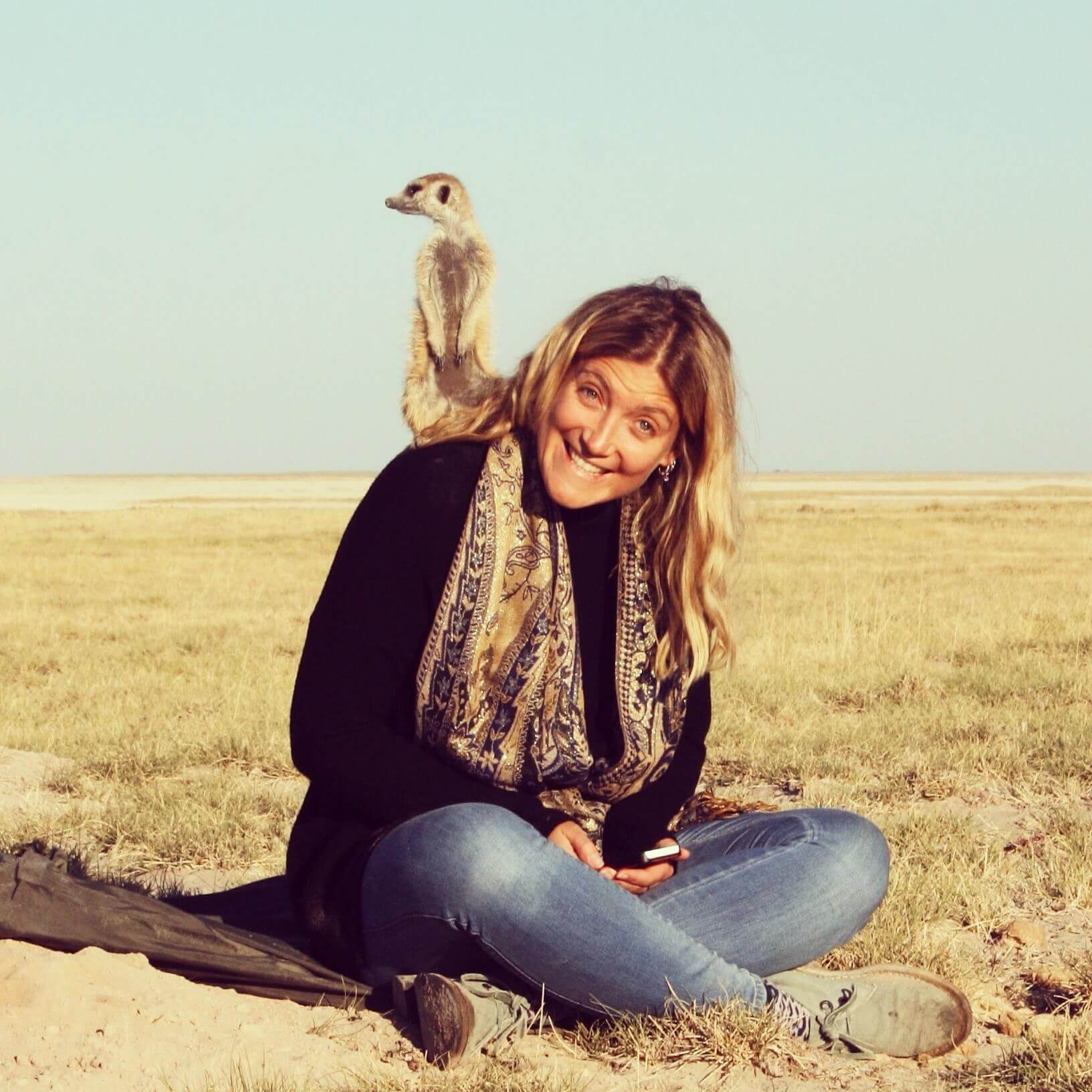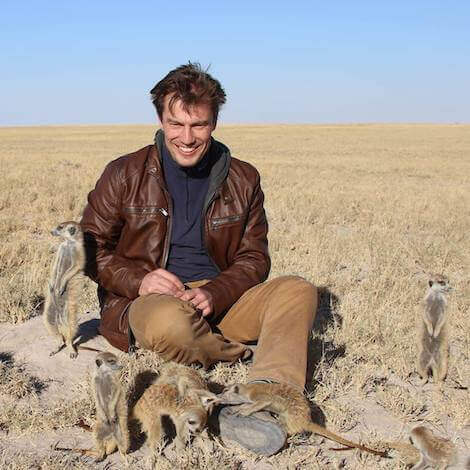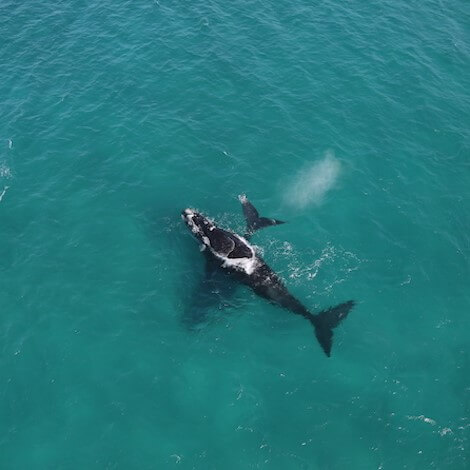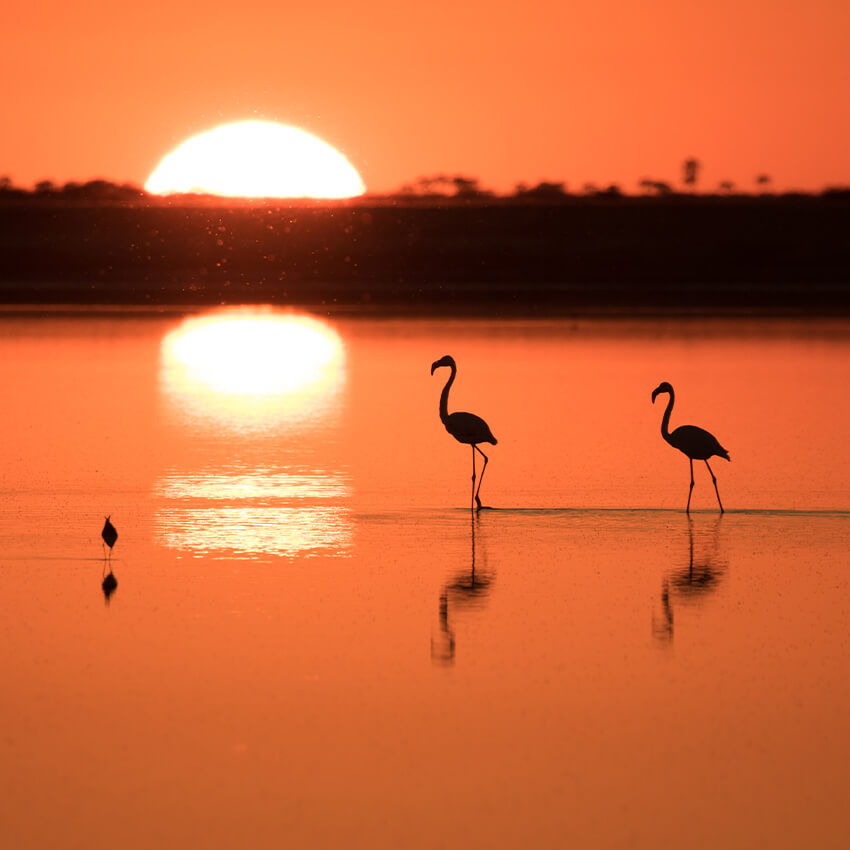Conservation Update: Leopard Population Dynamics and Conservation
 Pru Allison
Pru Allison
 February 09, 2020
February 09, 2020
Despite being the most successful large carnivore in Africa – inhabiting a wider range of habitat than the rest of the large predator guild, the elusive leopard (Panthera pardus) was declared a vulnerable species in 2015.
Fortunately for us, one place that these big cats are flourishing is in Khwai Private Reserve, Botswana. In order to gain a better understanding of the population dynamics and survival strategies to better inform conservation strategies, we have partnered with the Botswana Predator Conservation Trust, the University of New South Wales and the Okavango Research Institute on the Leopard Population Dynamics and Conservation project.
Life can be perilous for leopards, particularly those who inhabit an area that’s also populated by humans and their livestock. In Khwai Private Reserve (KPR) the leopards have found a safe have at the edge of the Moremi Reserve within the large tracts of woodland. However, little is actually known about them.
For three years now the KPR rangers have been monitoring the leopards in the southern portion of the reserve, but the project allows us the opportunity to gain a clearer understanding of territory locations, sizes, overlap and intraspecific interactions. Furthermore, this study will shed light on the viability of the population residing well within the reserve versus those closer to villages.
The researchers working on this project are often available to give talks on their work and progress at Tuludi Camp. Visits to the Tau research base in Khwai Private Reserve can also be pre-arranged while the researchers are in residence.
Your stay at Sable Alley, Hyena Pan, Jackal & Hide, Skybeds and Tuludi contributes towards this project.
Special Offers
Our special offers are designed to help you experience everything southern Africa has to offer whilst also saving some all-important pennies. Whether you’re about to embark on a once-in-a-lifetime solo trip, or are celebrating a special occasion, have a peek at our offers and see what could be in store for you.





